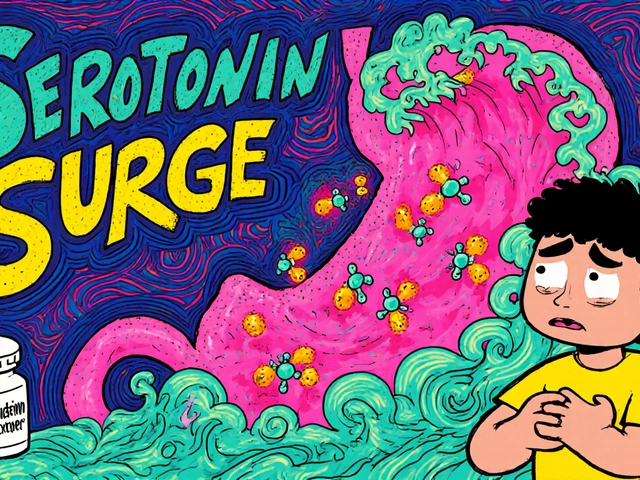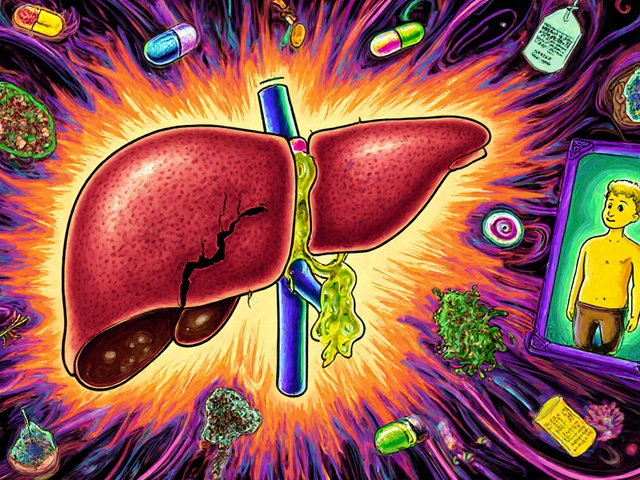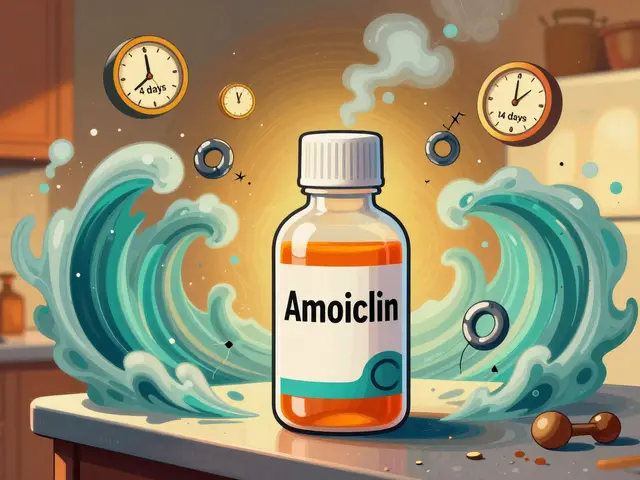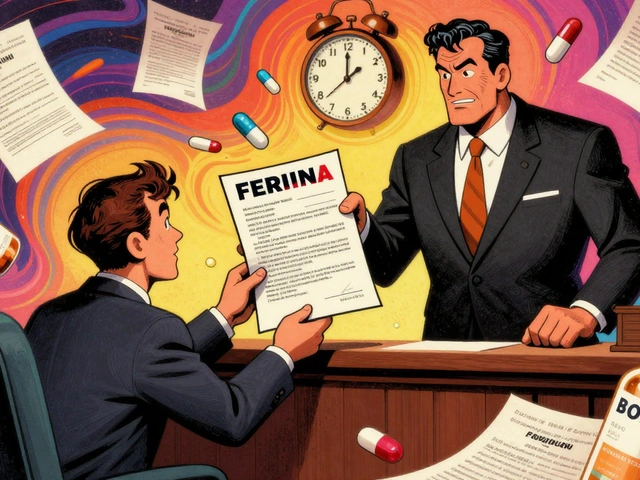
Blood Pressure Basics – What It Means and How to Keep It Healthy
Ever wondered what that 120/80 number on your doctor’s chart really tells you? It’s simply the force of blood pushing against your artery walls. The top number (systolic) shows pressure when the heart beats, the bottom (diastolic) shows pressure while the heart rests. When these numbers climb too high, you’re looking at hypertension – a sneaky risk factor for heart attacks, strokes, and kidney problems.
Understanding Blood Pressure Readings
In the UK, the NHS classifies blood pressure as normal (under 120/80), elevated (120‑129/under 80), and high (130/80 or higher). The higher the numbers, the harder your heart works and the more damage it can cause over time. A single high reading doesn’t mean you have hypertension, but repeated high numbers do. That’s why doctors ask you to measure it on different days and at different times.
Many things can push your pressure up: salty foods, stress, lack of exercise, and even sleeping poorly. Some medicines, like NSAIDs or decongestants, can also raise it temporarily. If you’re on a blood pressure drug, you’ll notice the label mentions monitoring your numbers regularly – that’s not just paperwork, it’s vital.
Simple Ways to Keep Your Blood Pressure in Check
First, diet matters. Cutting down on salty snacks, processed meals, and sugary drinks can shave a few points off your reading. Aim for fresh fruits, veg, whole grains, and lean proteins. The British Heart Foundation recommends at least five portions of fruit or veg a day.
Second, move more. You don’t need to run a marathon; a brisk 30‑minute walk most days does the trick. Even short bursts of activity – climbing stairs, gardening – help your vessels stay flexible.
Third, watch your weight. Extra pounds, especially around the belly, squeeze the blood vessels and raise pressure. Losing even 5‑10% of body weight can make a noticeable difference.
Fourth, keep stress in check. You don’t have to become a monk, but taking five minutes for deep breathing, a quick meditation, or a hobby can lower the surge that stress causes.
Finally, limit alcohol and quit smoking. Both habits damage the lining of arteries and make blood pressure harder to control. If you already smoke, a local NHS stop‑smoking service can give you the support you need.
For those already diagnosed with hypertension, medication might be part of the plan. Common UK prescriptions include ACE inhibitors like lisinopril, ARBs such as candesartan, and thiazide diuretics. Always take them exactly as your doctor says and flag any side effects – dizziness, dry cough, or unusual swelling – right away.
Regular check‑ups are key. Many pharmacies, including First Pharmacy UK, offer free blood pressure checks. Bring a friend or family member along; it’s easier to stay on track when someone else notices a change.
Bottom line: Blood pressure is a simple number that tells a big story about your heart health. By eating smarter, staying active, watching weight, managing stress, and following medical advice, you can keep that number in a safe range and lower the risk of serious illness. Check your numbers, act on them, and feel the difference in daily energy and long‑term health.
-
13 Sep

-
6 Aug

Cabergoline and Blood Pressure: Risks, Management & What to Watch
Learn how Cabergoline affects blood pressure, the risks of hypertension or hypotension, monitoring tips, and management strategies for safe use.





